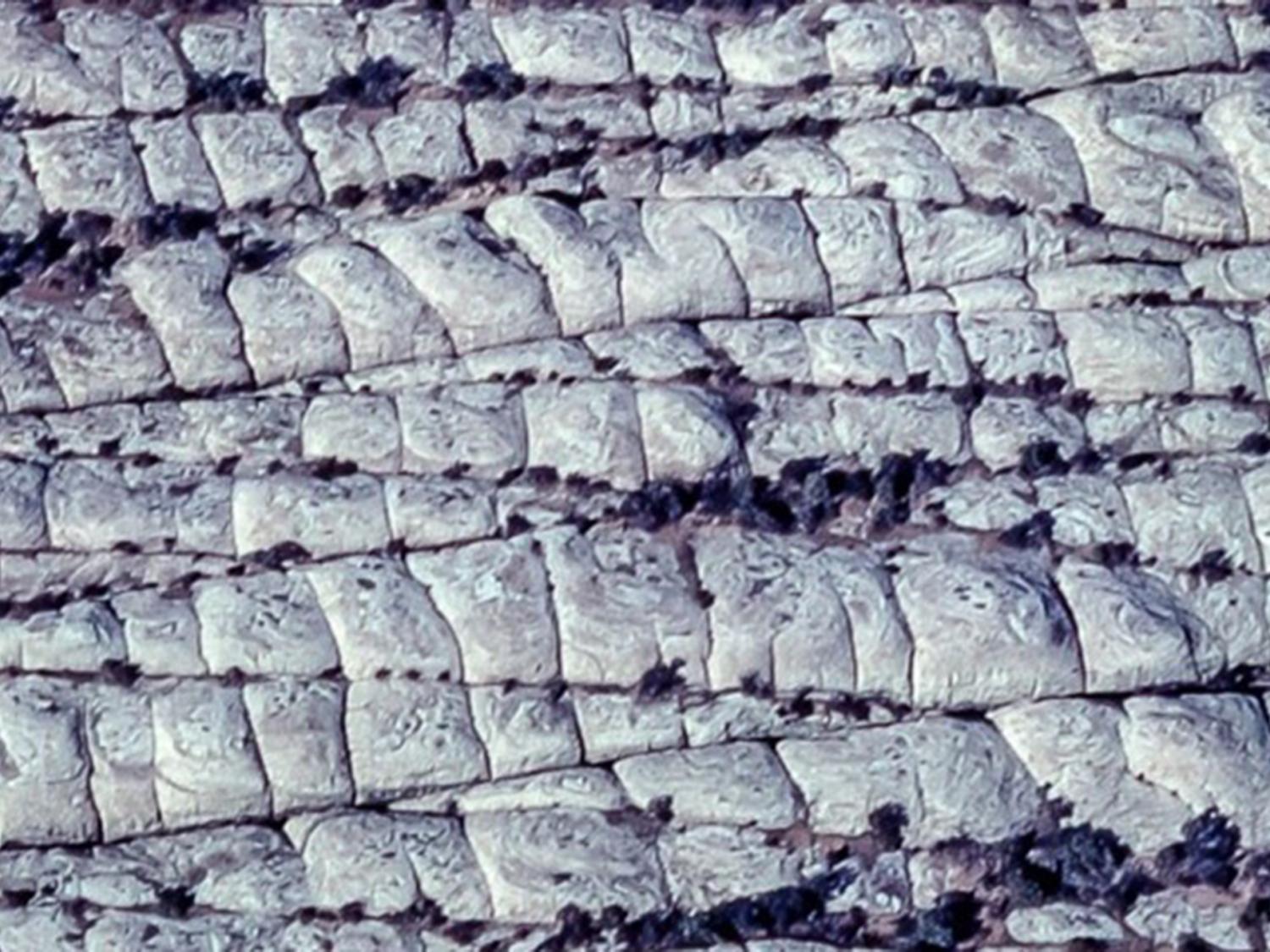2023-09-19 ペンシルベニア州立大学(PennState)

To produce more efficient geothermal systems, researchers have proposed a process called the fracture conductivity tuning technique. This approach involves preventing cold water and allowing hot water to flow through fractures — like the ones pictured here — in rock deep underground. Credit: Provided by Arash Dahi Taleghani. All Rights Reserved.
◆この技術は、地下の岩層に物質や化学物質を添加し、岩の内部から流れを調整するもので、効率向上と早期の冷水流入の防止が期待されます。モデリングによれば、この技術により50年間の地熱発電で熱抽出が65%以上増加する可能性があり、再生可能エネルギーを他のエネルギー源と競争力のあるものにする可能性があります。
<関連情報>
- https://www.psu.edu/news/research/story/no-shortcuts-new-approach-may-help-extract-more-heat-geothermal-reservoirs/
- https://www.sciencedirect.com/science/article/abs/pii/S0360544223015578
地熱発電の高効率化に向けた自律的な破砕流のチューニング Autonomous fracture flow tunning to enhance efficiency of fractured geothermal systems
Qitao Zhang, Arash Dahi Taleghani
Energy Available online: 22 June 2023
DOI:https://doi.org/10.1016/j.energy.2023.128163
Abstract
To avoid any shortcuts that may “short-circuit” the fluid flow between the injection and production wells in an enhanced geothermal system (EGS), we explore the idea of autonomous in-situ tunning of fracture hydraulic conductivity (FCTT) and its potential benefits. The new technique is expected to provide variable fracture hydraulic conductivity depending on the surrounding temperature. Through FCTT, we can effectively manage the fluid flow in the reservoir and promote a uniform thermal gradient along the flow paths. A numerical finite element model is established to assess the impact of tunning magnitude and fracture network geometries on the production efficiency of EGSs. Results show that utilizing this technique could prevent an early appearance of fluid flow shortcut between injector and producer in an EGS. After 50 years of production, the output thermal power with the technique could be increased by 67.51%. Furthermore, we found that fracture density and fracture network connectivity in the reservoir could affect performance improvement reached by FCTT in production. We also present a field case with a realistic fracture network. After 50 years of production, applying this technique increases heat extraction by 101.78% in fracture networks that are expected in EGS. Since other flow-control systems in geothermal production are mainly focused on the wellbore and near-wellbore areas, this technique can provide a more effective enhancement in heat extraction by controlling flow deep inside the reservoir.



